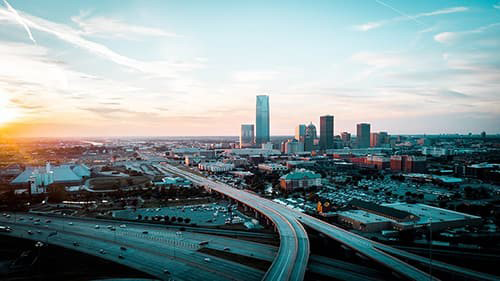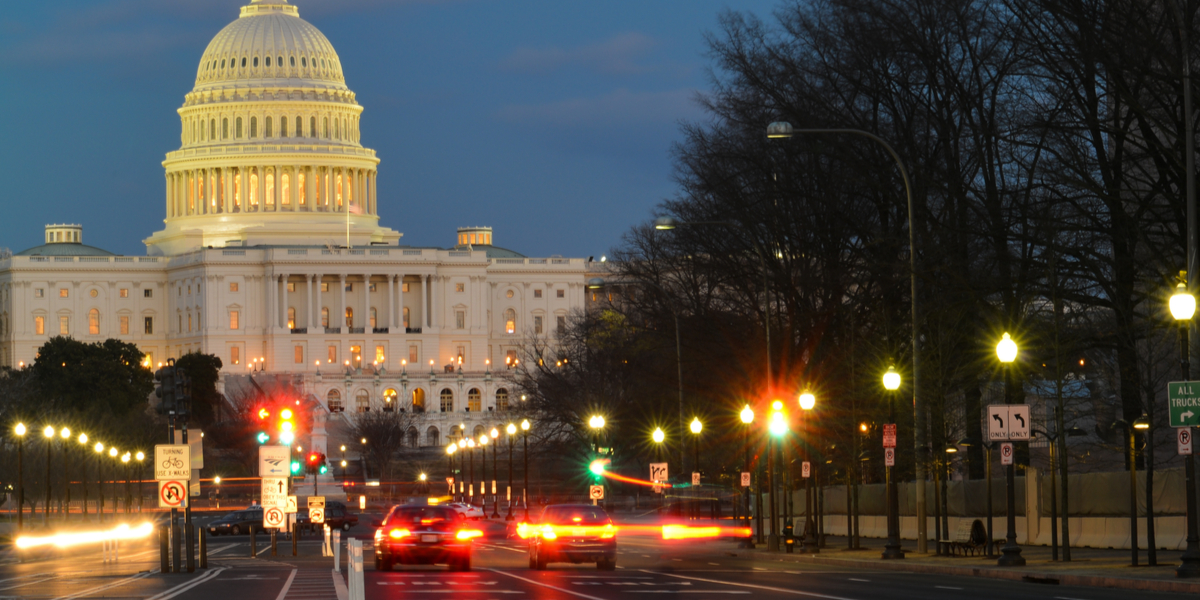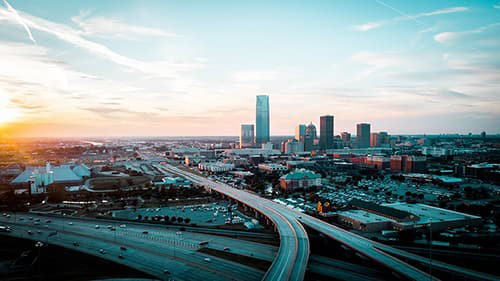Built Environment
Built Environment
A lot of energy consumption happens indoors, making buildings an important target for energy efficiency. And the energy efficiency toolkit is getting smarter: emerging innovations around building systems and grid-interactive technologies are combining with proven solutions like high-efficiency windows and insulation to make the promise of decarbonization a reality in the buildings sector. But to get there, we need to do more to push energy efficiency into the market.
The built environment, which includes but is not limited to single family and multifamily housing, offices, warehouses, hospitals, schools, etc. is responsible for approximately 35% of total U.S. emissions. Effective energy efficiency policies provide the practical tools required to impactfully reduce emissions without sacrificing comfort or quality, while also achieving a reduction in overall energy demand, in addition to energy cost savings. In fact, whether it is improved public health outcomes, productivity, or greater energy security, energy efficiency can actually advance quality of life in our communities. To meet Net-Zero Emissions by 2050 targets globally, 2.5% of the existing building stock must be retrofitted annually, compared to the current 1% annual retrofit rate. In addition to renovating existing buildings for efficiency, it is also vital that new construction adheres to the most recent energy codes. To achieve these deep decarbonization targets, 97% of new home construction, or about 1 million homes per year, along with 90% of new commercial building square footage, must meet or exceed the latest code requirements. Studies show that the full deployment of energy efficiency in the building sector can drive nearly half of the emissions reduction in an aggressive building decarbonization plan, resulting in annual power system savings of between $57 billion to $107 billion by 2050. Those same studies find that the key to meeting emissions targets are the early deployment and utilization (before 2030) of retrofits and energy codes, which would allow the energy cost savings to offset over a third of the expected additional costs of grid decarbonization.
Built Environment RESOURCES
STAY EMPOWERED
Help the Alliance advocate for policies to use energy more efficiently – supporting job creation, reduced emissions, and lower costs. Contact your member of Congress.
Energy efficiency is smart, nonpartisan, and practical. So are we. Our strength comes from an unparalleled group of Alliance Associates working collaboratively under the Alliance umbrella to pave the way for energy efficiency gains.
The power of efficiency is in your hands. Supporting the Alliance means supporting a vision for using energy more productively to achieve economic growth, a cleaner environment, and greater energy security, affordability, and reliability.




